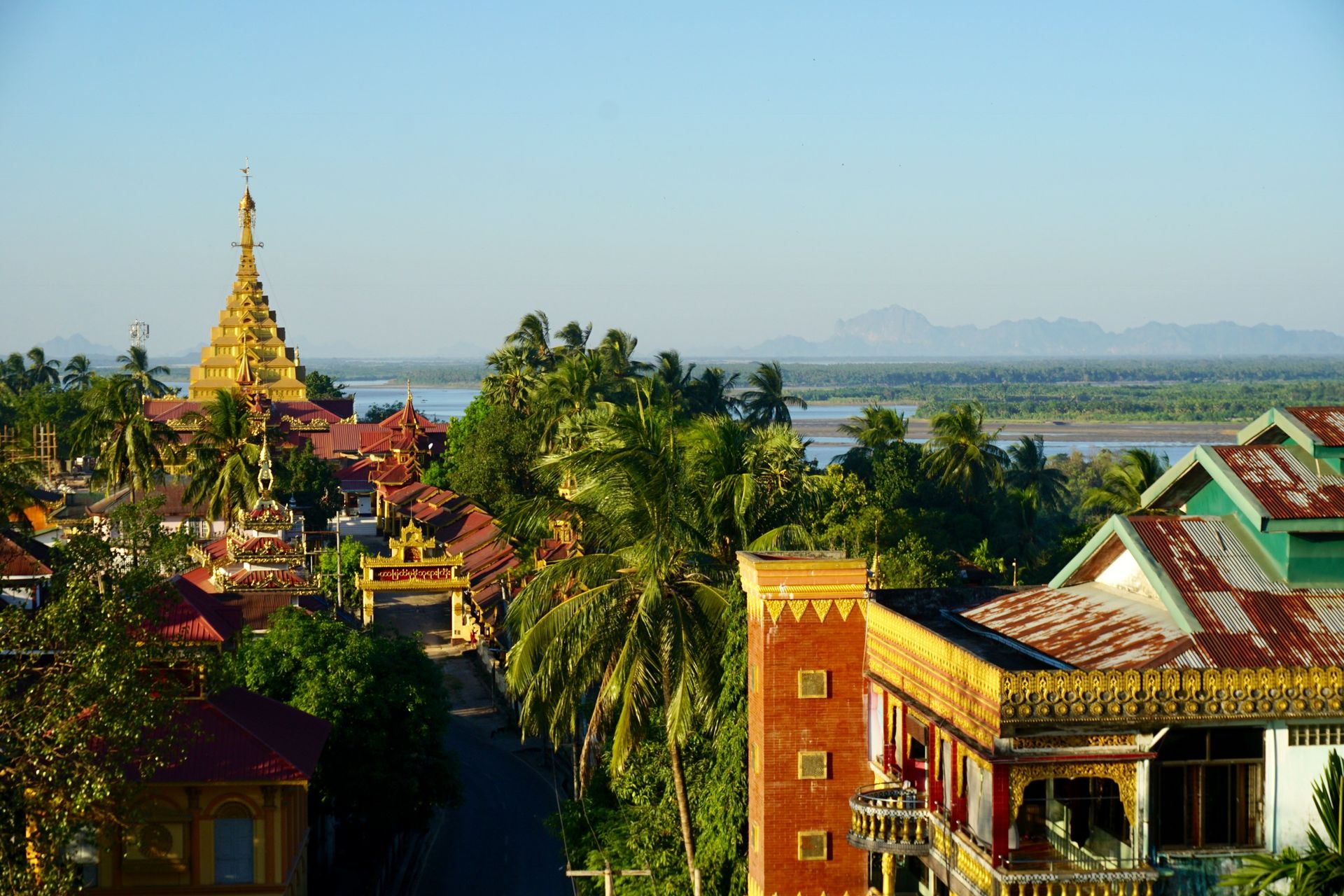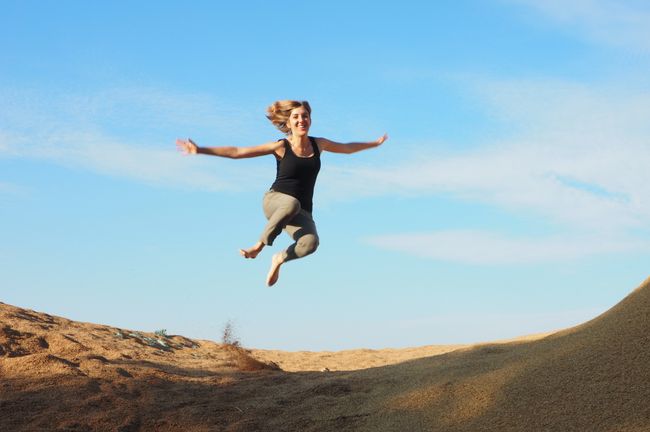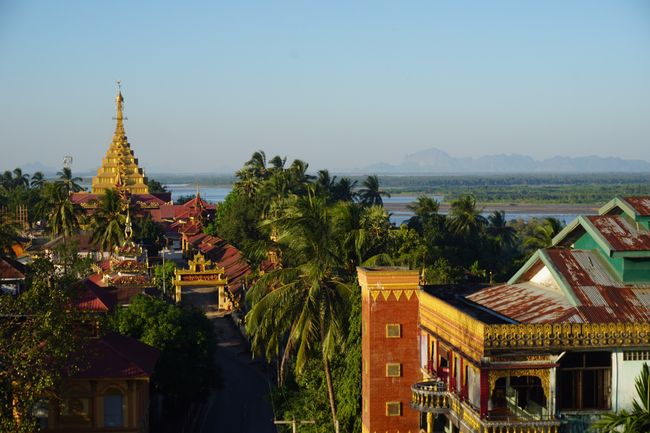Tag 78: Mawlamyaing - a city between rivers
Publicēts: 19.12.2018
Abonējiet biļetenu
We have now spent a week in Mawlamyaing, a city that is very close to the sea on the map. However, we did not see the sea because there were too many amazing places and encounters between the sea and us. For example, the largest reclining Buddha, which is 183 meters long and 36 meters high. It lies south of Mawlamyaing, in the middle of wooded hills, and is very impressive in its dimensions.
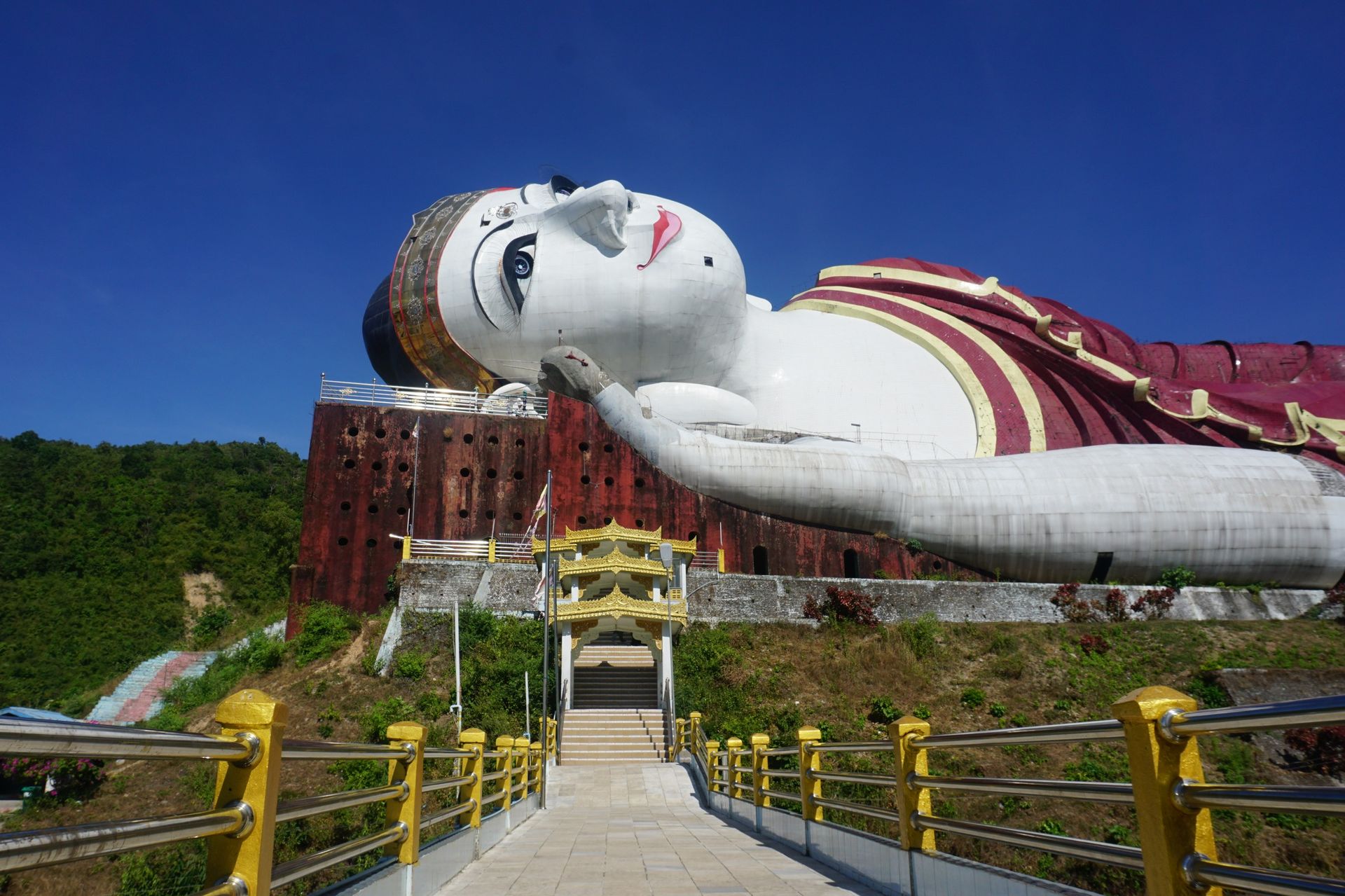
Big Buddha
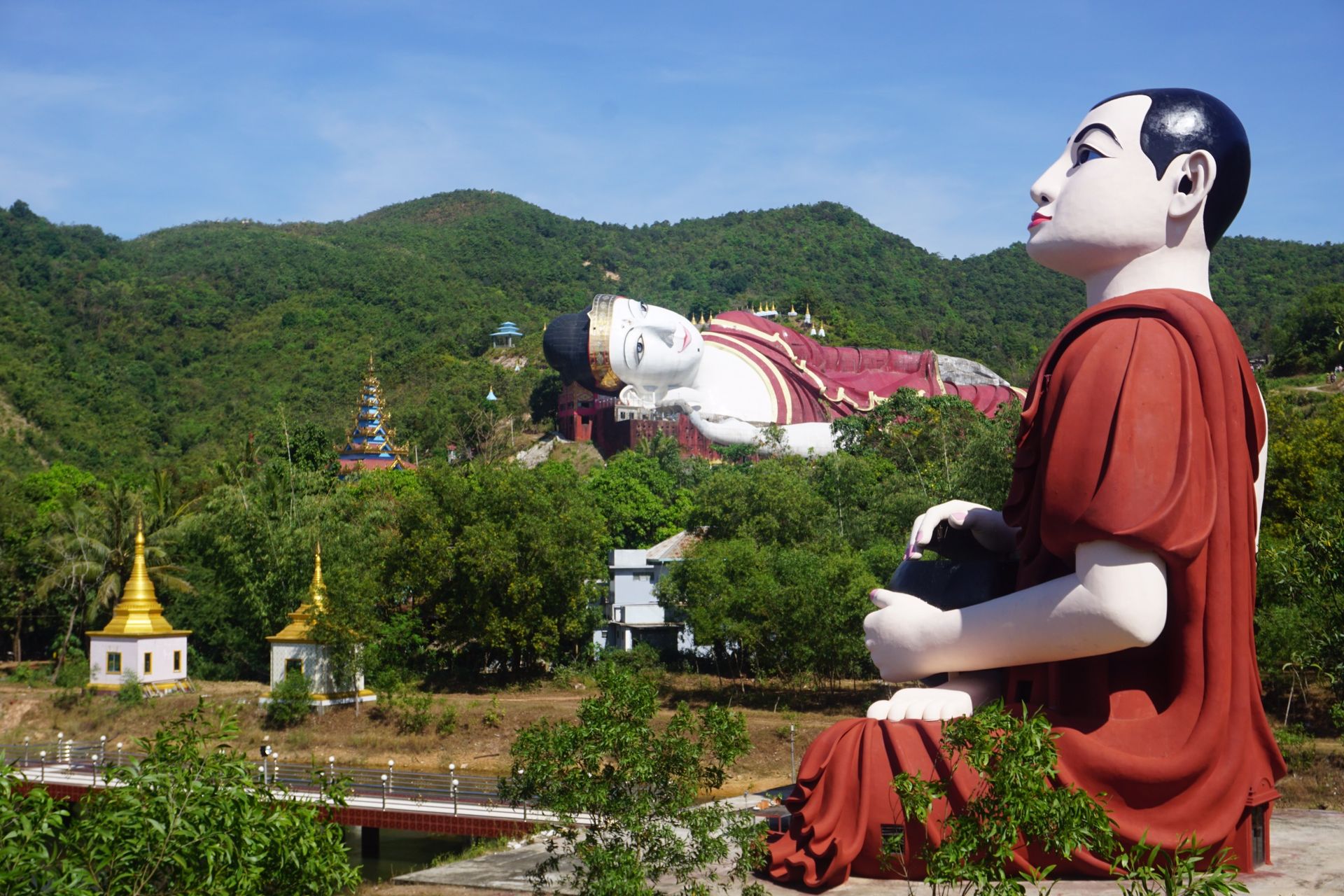
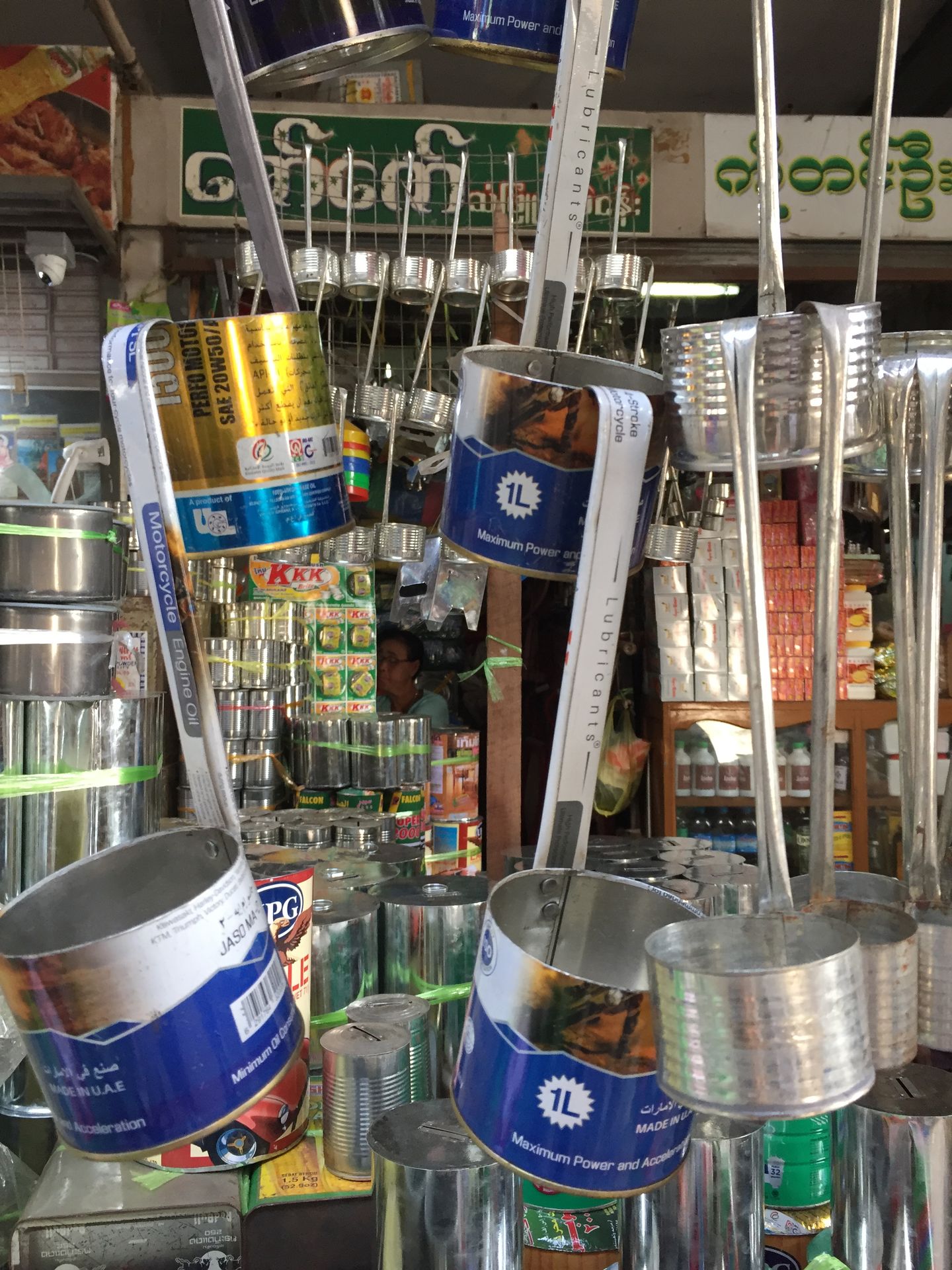
One of the first questions people on the street ask us is often where we are from. And their first reactions are either 'football', 'good car', or, quite often, 'Hitler'. Regardless of which of these reactions they show, people are always equally enthusiastic. That's why when it comes to 'Hitler', we always try to explain a bit that he was a terrible person and nothing to be proud of. Here, he sometimes seems to be seen more as a kind of strong military man and is viewed quite neutrally.
What is particularly noticeable in this country is how blurred the boundaries between inside and outside are. The houses are open, so in the evenings you can see people showering with water from a barrel, cooking over a fire in front of the door, or doing laundry on the street. If a teahouse doesn't have a toilet, you are led to the neighbors' house, where you can use their toilet without any hesitation. Families often sleep in one room and share a common wardrobe where the entire family's clothing is stored.
Once we were walking down a street when an excited woman called us into her house.
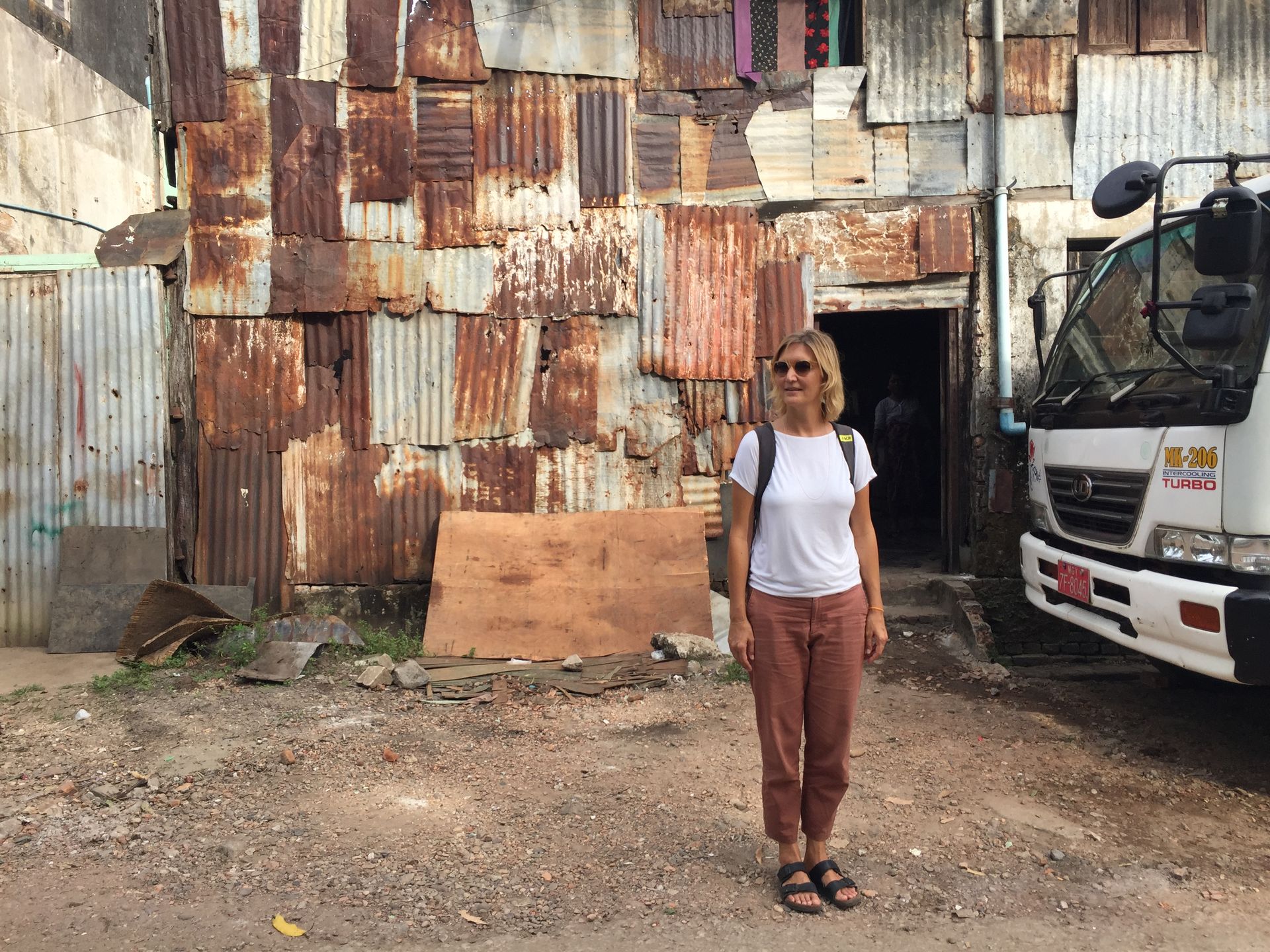
Her first question was where we were from, and when she heard that we were from Germany, she pointed to her mother-in-law who was lying on a mat in the room and pantomimed how her parents had been shot by the Japanese during World War II. The mother-in-law stared at us without changing her expression. This situation was quite bizarre. In the next sentence, the woman cheerfully changed the subject, offered us goat milk, dug out photos, and enthusiastically introduced us to her family. She also wanted to know if the Berlin Wall was still standing and was overjoyed and completely thrilled when we told her that the wall had fallen and Germany had been reunified. People in Mawlamyaing often approach us very openly and curiously and are as hospitable as the woman with the goat milk.
On our second last day in Mawlamyaing, we took a trip to the island of Bilugyun with two others we had met at the guesthouse. This island is connected to the mainland by a bridge. We rode scooters on red sandy paths over the island's ridges to the small village of Ywalut. From there, a friendly villager guided us around the island. We stopped at a rubber factory where household rubber bands are handcrafted from rubber trees. The rubber is mixed with paint to form a smelly mass, dried on metal rods, peeled off, and then cut into thin rings and threaded by hand.

Rubber mass on metal rods
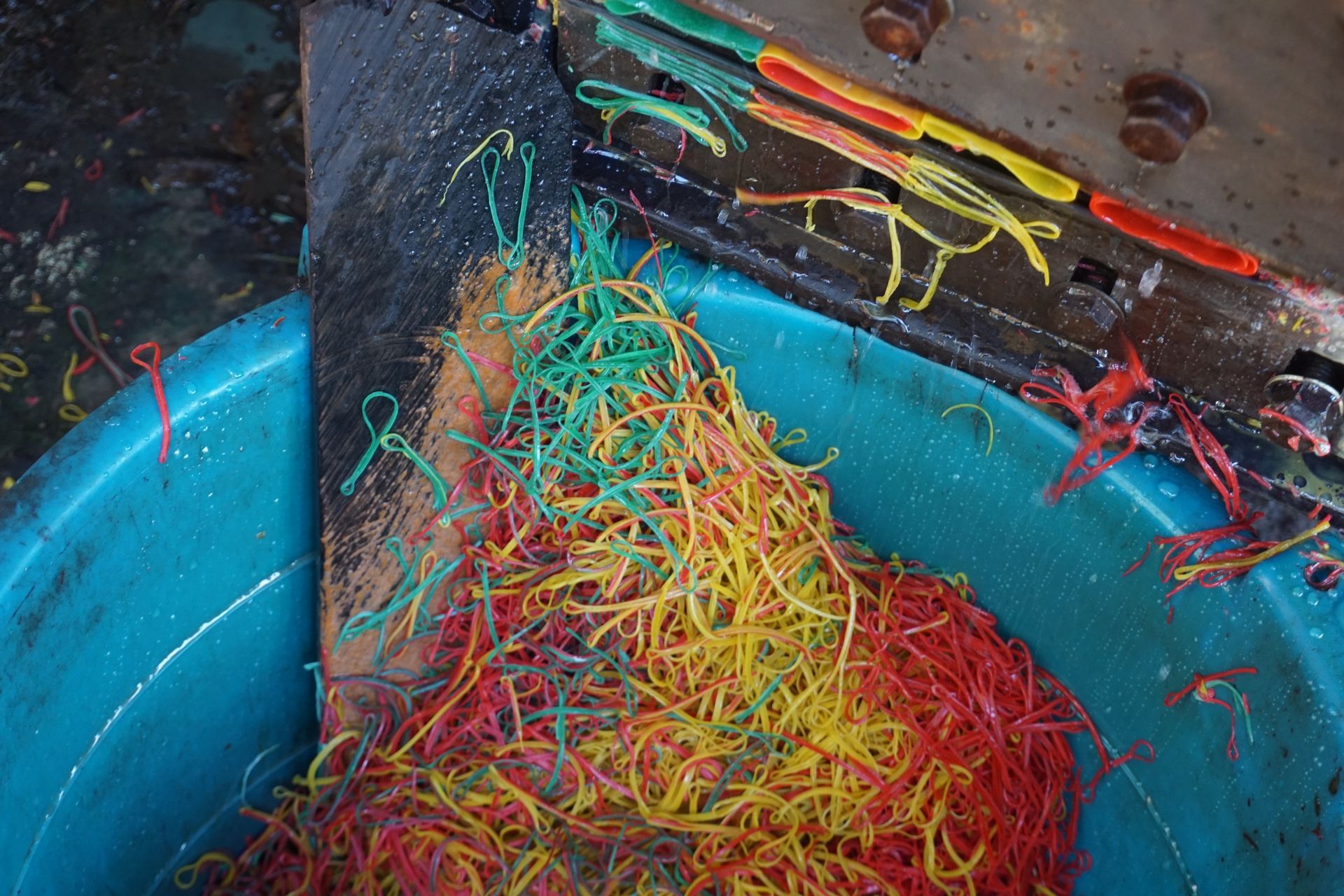
Rubber tubes being cut into rings
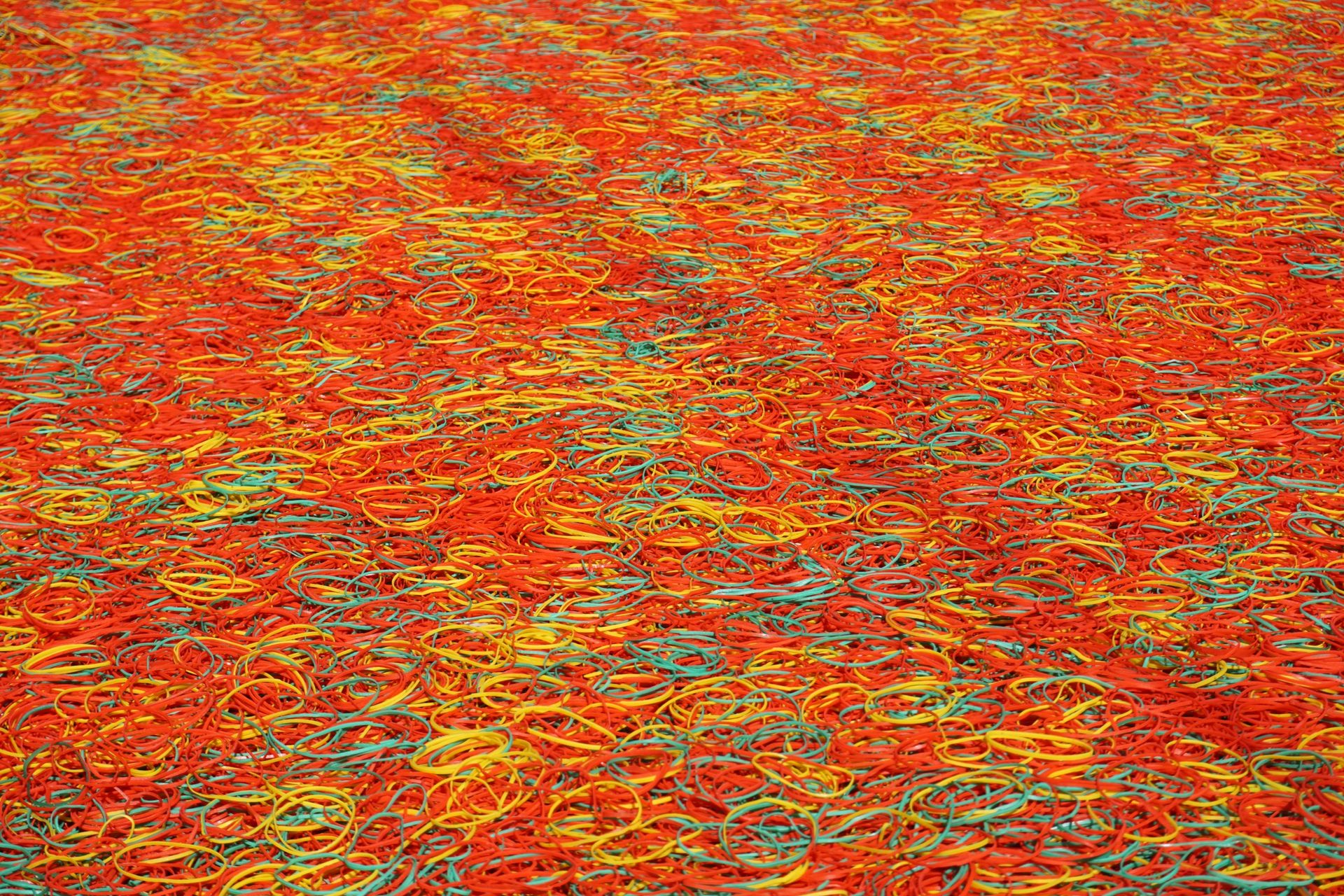
Rubbers drying in the sun

Rubbers being threaded by hand
Visiting this rubber workshop was really interesting because I had never thought about how rubber bands are actually made before.
In another workshop, beautiful wooden items were turned, including pipes and pot holders. A woman made bamboo hats that are assembled like a puzzle and only held together at a few points with tacks.
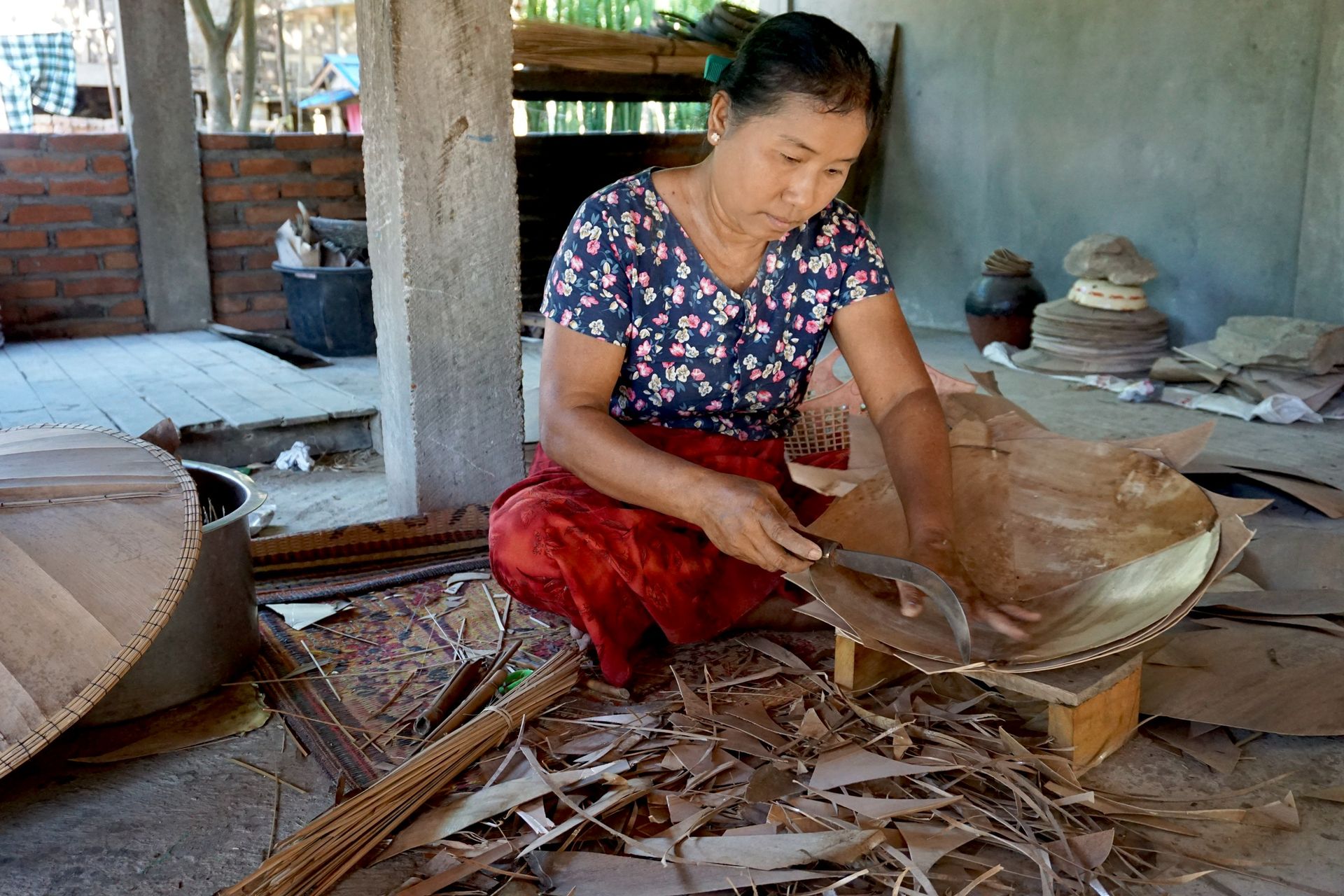
A bamboo hat being cut
But the most impressive visit was to a village that looked like Bullerbü in Burmese. Wooden houses everywhere, cows, chicks, and dogs freely roaming around, women weaving hats on the steps, children in school uniforms riding bicycles that are far too big for them through the streets, and the only loud noise was the rice hulling and sorting machine.
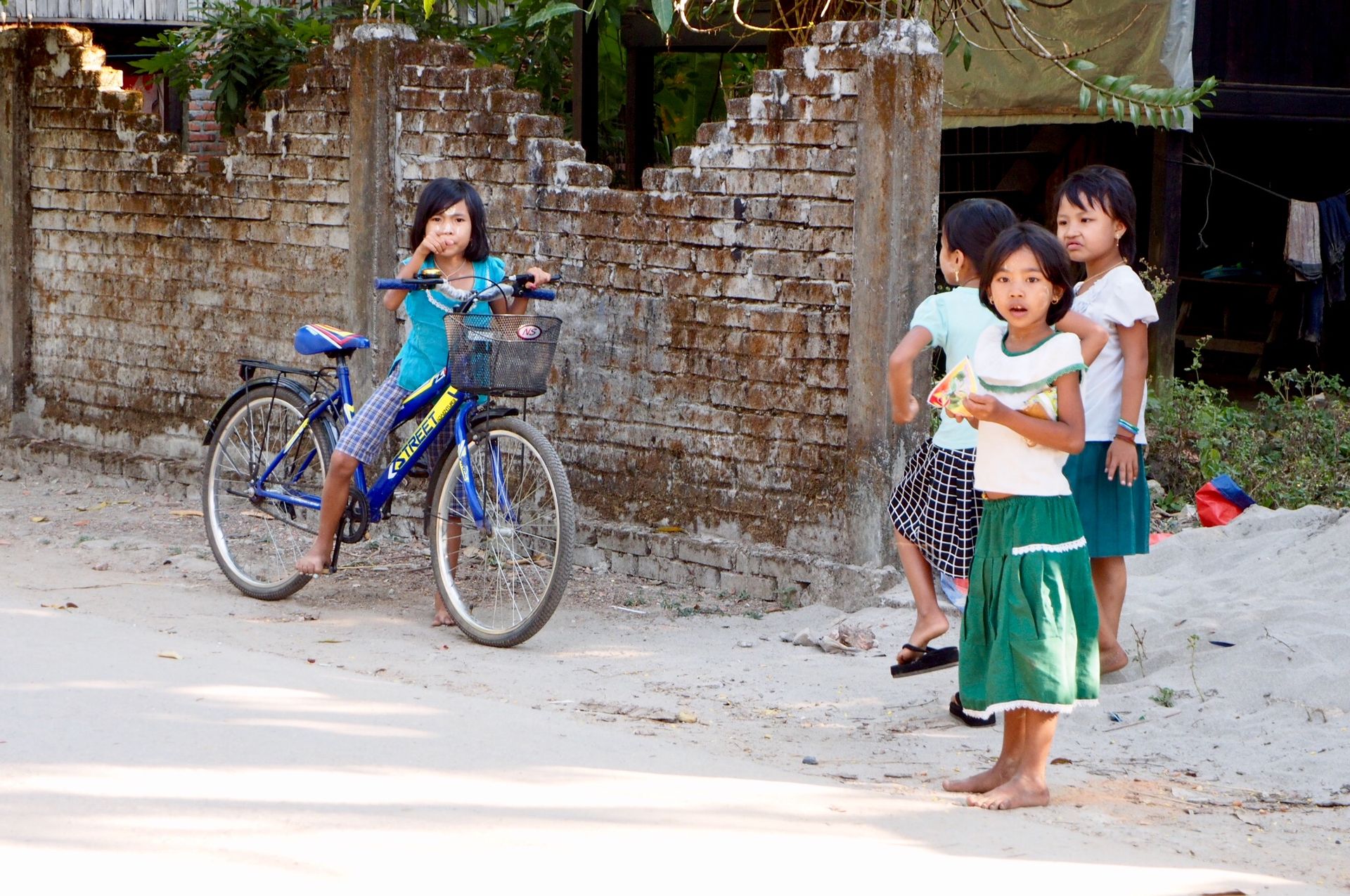
Tourist alert on the island
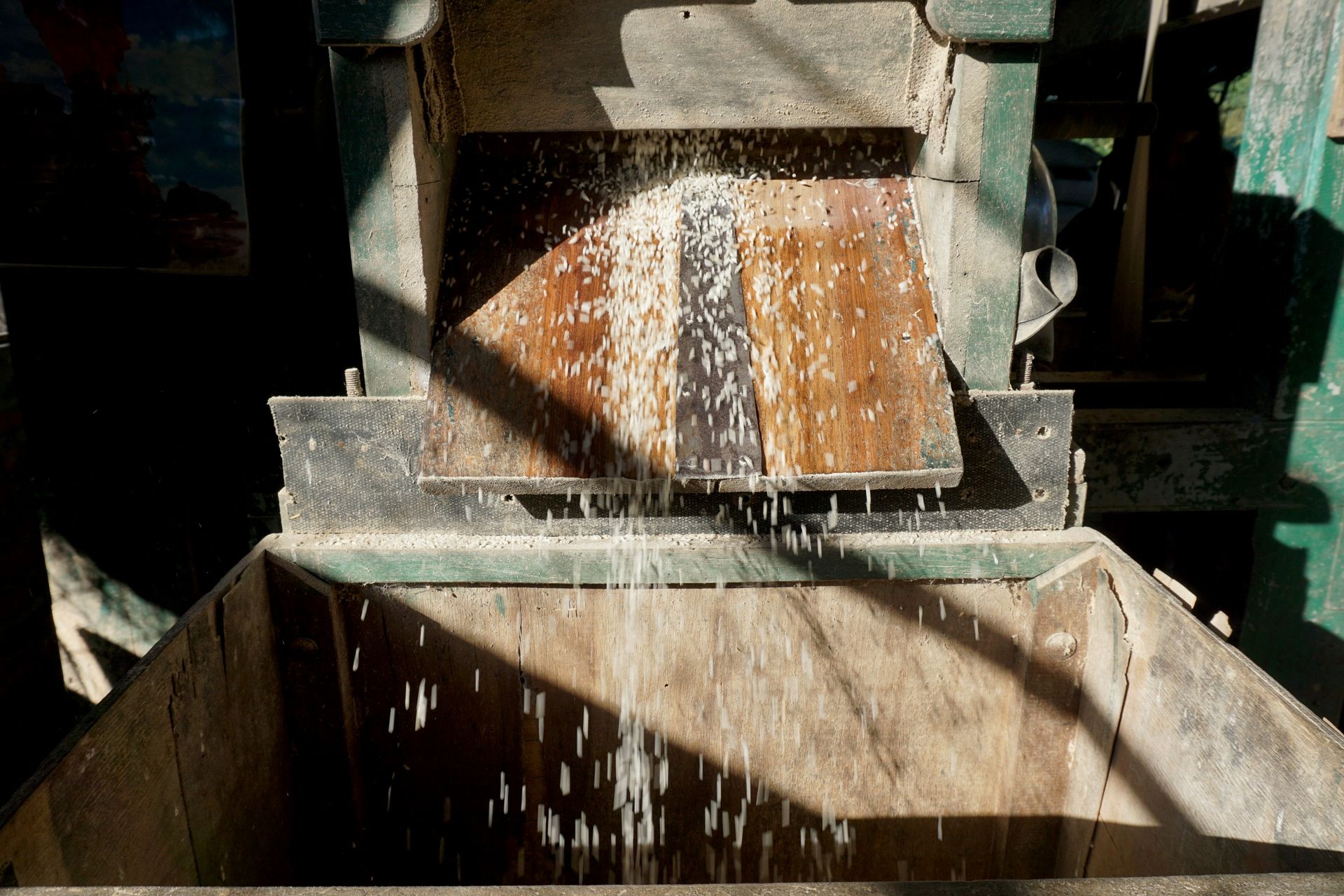
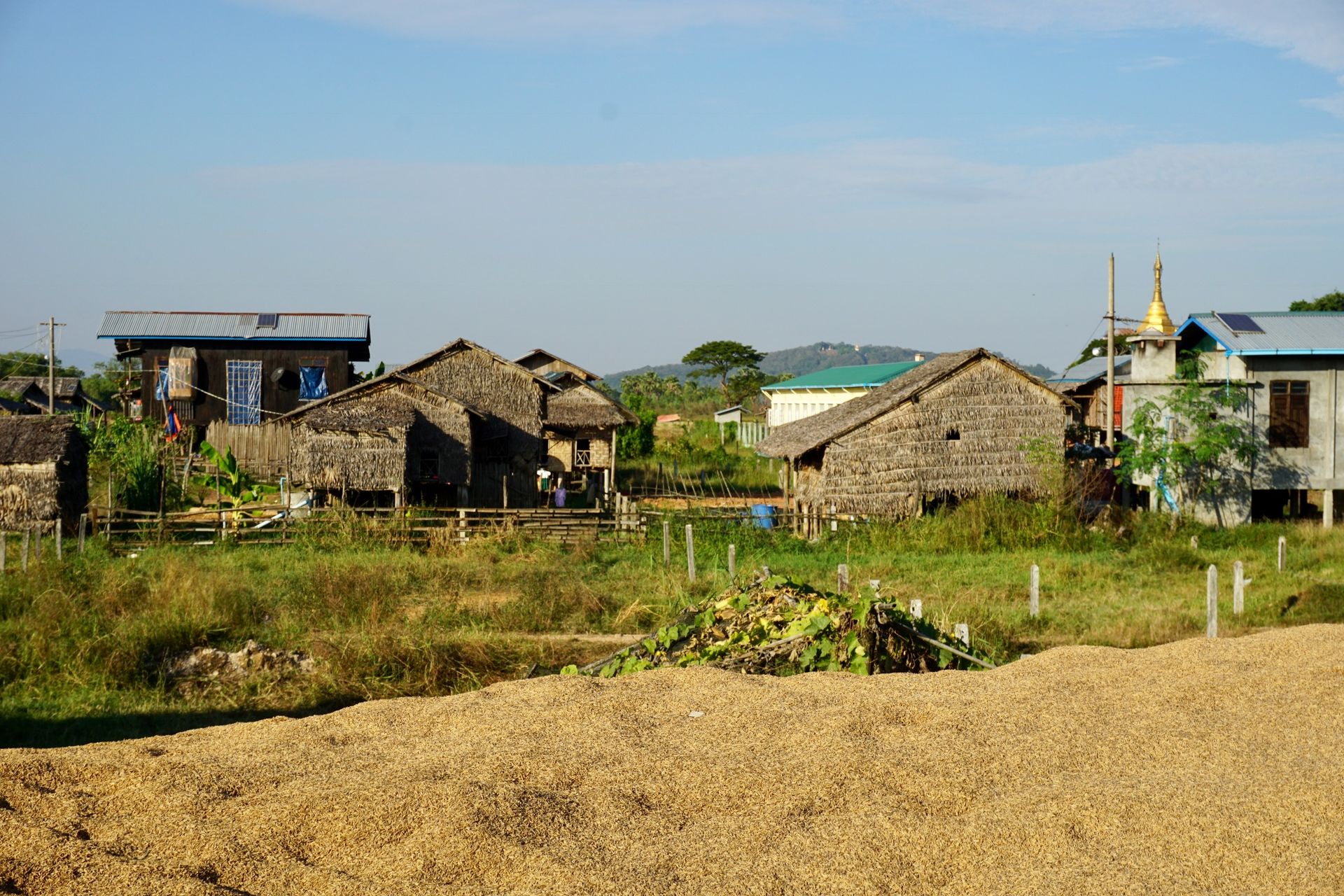 A mountain of rice husks
A mountain of rice husks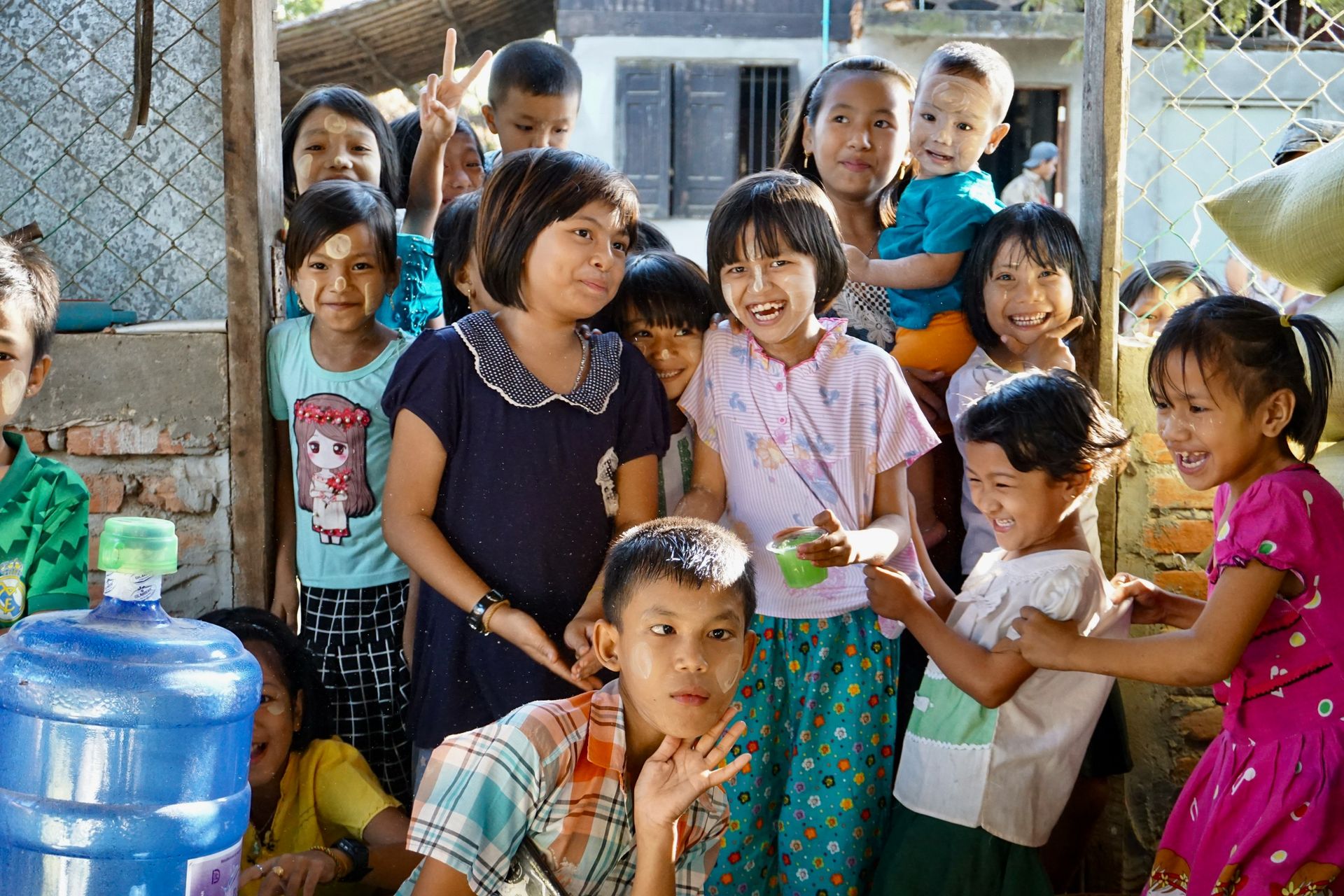
They watched our every step and screamed with excitement if we only looked at them. A woman brought us energy drinks as a gift while we played 'What's your name?' with the children. They became more and more relaxed and laughed hysterically when we tried to pronounce their complicated names. In the end, we even took selfies with the children, although not all of them fit in the picture.
Our guide told us that the villagers do not speak Burmese, the official language of Myanmar, but only understand the language of the Mon tribe, their own tribe. This was new to me and made it clear that the Mon can only communicate within their own territory in Myanmar, but not, for example, with people in Yangon.
In the evening, we went to a fair on the island and rode a manually operated ferris wheel. To start it, a few boys hung onto the gondolas and skillfully climbed along the metal bars.
Later, we sat in the midst of the hustle and bustle on the festival grounds with our guide and ate fried snacks made from leaves and cucumbers that had been deep-fried in pots of oil. Throughout the day, we wondered why this man seemed to selflessly guide us around. We thought about commissions at the stalls, but then dismissed this thought and considered giving him money or liquor as a thank-you. But in the end, it was clear to us that he showed us everything simply because he enjoyed it. His friends approached him at the festival, asking who we were, and he proudly introduced us, interpreted for us, and helped us find our way home. Finally, we promised him that we would come back when we are in Mawlamyaing again.
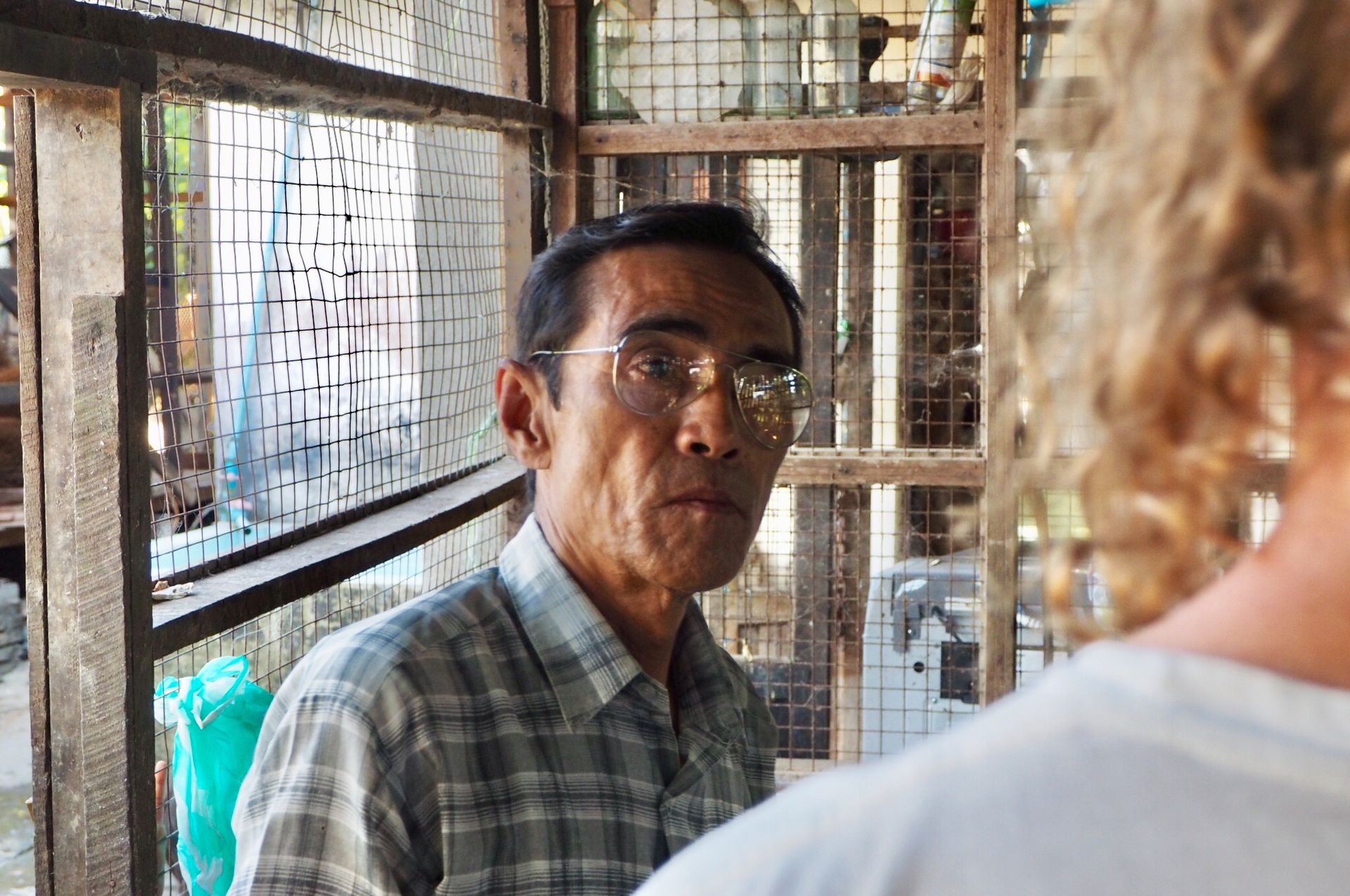
This friendly gentleman gave us a wonderful day.
Abonējiet biļetenu
Atbilde
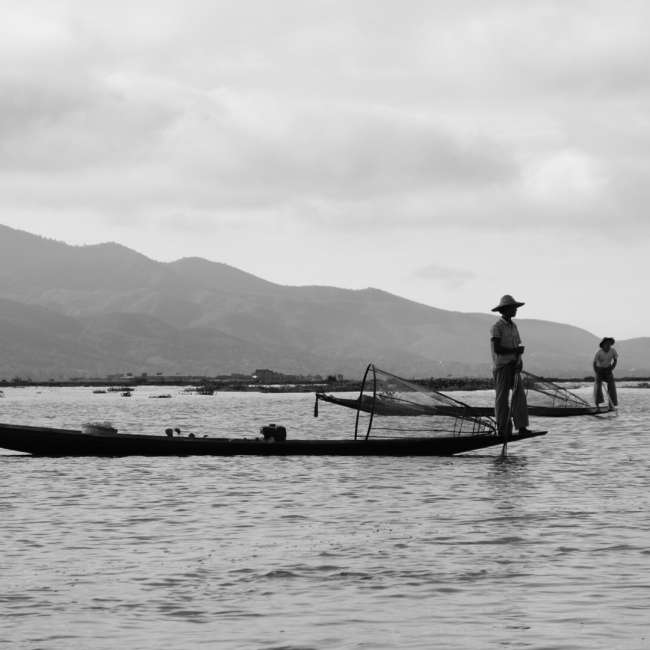
Ceļojumu pārskati Mjanma
